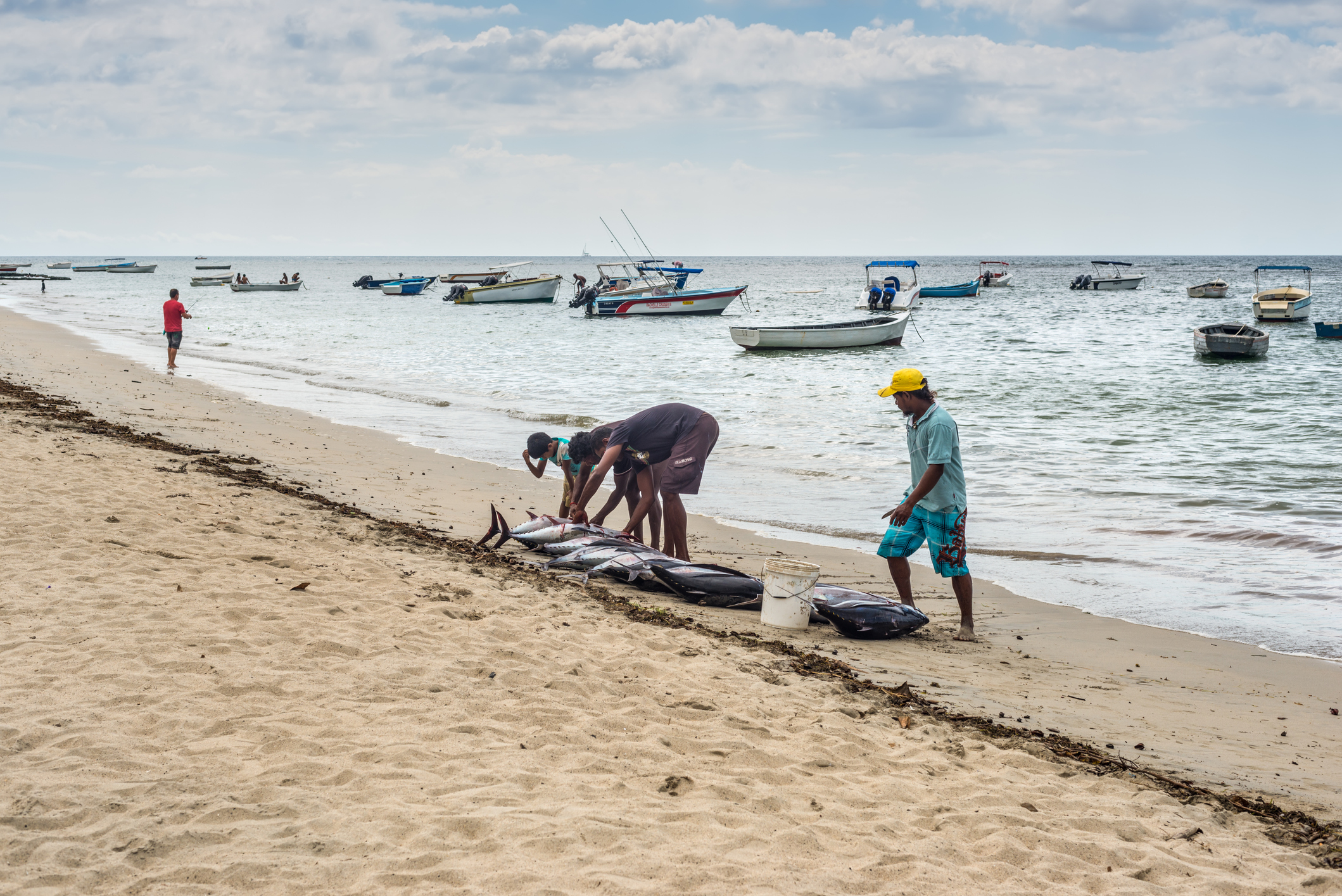The island nation is poised to see the farming of aquatic foods thrive, thanks to its historical links and promising location.
The farming of aquatic foods either from tanks on land or within enclosures out on open water—also known as aquaculture—offers a promising response to many of the pitfalls and risks encountered when harvesting wild fish in Africa.
Issues of illegal fishing, overfishing and environmental contamination could be managed under conditions where the enterprise controls inputs–from hatchery to harvest.
In 2018 the United Nations’ Food and Agriculture Organization (FAO) launched the Blue Growth Initiative aimed at reducing African food insecurity by supporting more productive, responsible and sustainable fisheries and aquaculture sectors.
The FAO’s target countries include Burundi, Ethiopia, Kenya, Rwanda, Somalia, South Sudan and Uganda.
Loading...
Ferme Marine de Mahebourg Ltd (FMM), based on the periphery of Africa, on the island of Mauritius, is an innovative fish hatchery located on the east coast near Pointe aux Feuilles, and it could well be a model for what private sector players can bring to the discussion.
The 15-year-old project marries location to opportunity through a network of international treaties as well as Mauritius’ rather unique history as a colony of two European powers. The island—located south of India in the Indian Ocean—also claims a unique mix of heritages: British, French, South Asia, East Asian and, of course, African.
For starters, there is its location of the business, in a lagoon that separates the farm’s nursery from the open sea. That means no pollution from ocean-going vessels, and very few native predators beneath the ocean surface.
“Pure, pure water,” says Alessandro Galioto, FMM’s chief operating operator. “From six cages when we started, we’re doing 112 cages now.”
Then there’s the product, itself. Two hundred tons raised monthly of a single species. American consumers call it Red Fish (the scientific name being Sciaenops ocellatus), known in other areas around the globe as Red Drum, Channel Bass, Tambour Rouge, Corvinon Ocelado and Ombrina Ocellata.
Pierre-Yves Semasse, FMM’s director, notes the species is native to the waters of the Caribbean Sea—Cajun food enthusiasts enjoy the peppery “blackened” recipe served up in New Orleans’ eateries—but its popularity in Africa dates to the 1980s.
That’s when a French government agency began a food-security initiative aimed at some of the country’s overseas assets, including Guadeloupe and Martinique in the Americas and the islands of Réunion, Seychelles, Mayotte, Madagascar extending from Africa’s east coast, then all the way out to Mauritius.
Due to Mauritius’ status as a former French and British colony, shipments of FMM’s Red Fish enjoy favorable import status across Europe. Another break is the daily flights of tourists from Europe mean daily access to cheap back-haul rates on air freight.
“Also, the hotels those tourists go to,” Semasse explains, adding, “We sell our harvested fish there, as well”.
Besides the trade pacts and air routes tying Mauritius to Europe, FMM’s African links are not insignificant, particularly with regards to employment. The company boasts a multinational workforce: divers from Tunisia, processors from Madagascar, Mozambique and Zimbabwe, technicians from Europe and India.
Mauritius is one of 16 members of the Southern African Development Community (SADC), which helps FMM utilize labor from the continent, when needed.
“I just got authorization for 50 more [workers],” Semasse says.
Loading...
